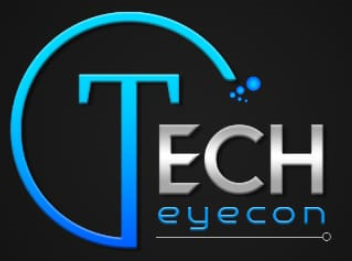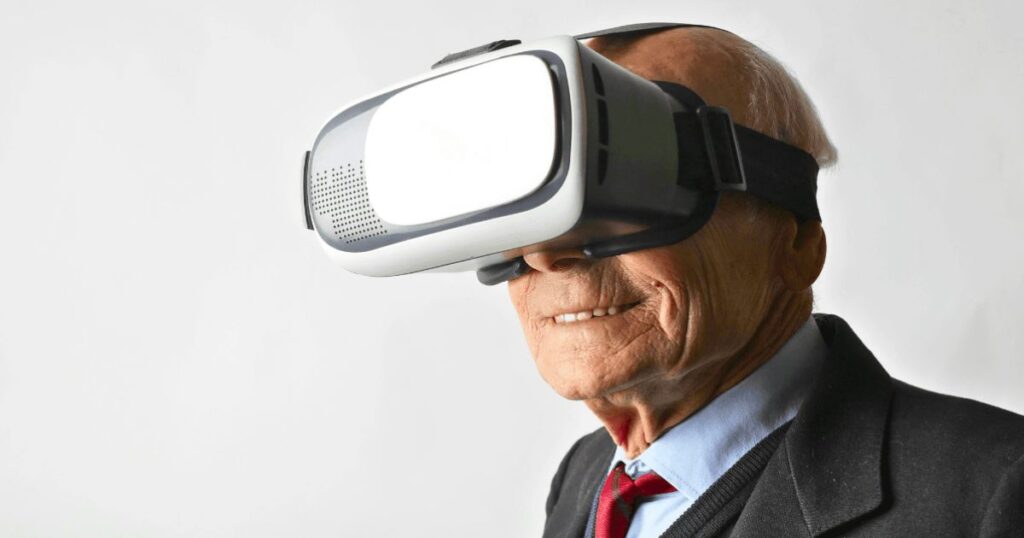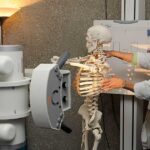Assisted living facilities use various technologies to support residents’ independence and safety. These range from medical alert systems to smart home devices. The goal is to provide care while maintaining quality of life.
Imagine a grandparent living more comfortably thanks to high-tech helpers. Modern assisted living combines compassionate care with cutting-edge tools. This blend allows seniors to thrive in supportive environments.
Key technologies include fall detection sensors, medication reminders, and health monitoring systems. Some facilities use smart lighting and thermostats for comfort. Others employ robotic assistants to aid with daily tasks. These innovations help staff provide better, more personalized care.
Advanced Tech In Assisted Living Facilities
Advanced technology is revolutionizing care in assisted living facilities. Artificial intelligence now helps predict health issues before they become serious. Virtual reality systems provide engaging experiences for residents with limited mobility.
People Also Read This Blog: Does Clover Have Age Verification Technology
Smart wearables track vital signs and alert staff to potential emergencies. Voice-activated assistants make it easier for seniors to control their environment and stay connected with loved ones. These high-tech solutions are enhancing safety, independence, and quality of life for elderly residents.
Benefits Of Smart Devices In Assisted Living
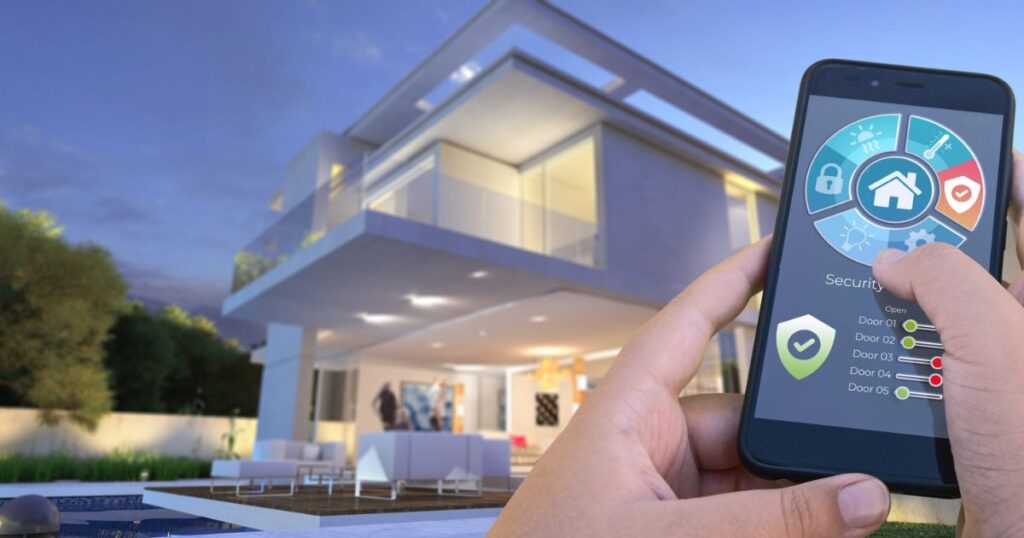
- Smart medication dispensers reduce errors and ensure timely doses for residents.
- Voice-controlled lighting and thermostats improve comfort and independence.
- AI-powered fall detection systems alert staff instantly, speeding up response times.
- Virtual assistants combat loneliness by facilitating easy communication with family.
- Smart toilets monitor health indicators, catching potential issues early.
Innovations Enhancing Senior Care
Exciting new technologies are transforming senior care. Virtual reality headsets transport elderly residents to faraway places they can no longer visit. Smart clothes with built-in sensors track vital signs discreetly. Robotic pets provide comforting companionship without the responsibilities of live animals.
Voice-activated smart home systems make daily tasks easier for those with mobility issues. Artificial intelligence chatbots offer 24/7 companionship and mental stimulation. These innovations help seniors maintain independence and joy in their golden years.
How Technology Improves Assisted Living
Technology enhances assisted living in numerous ways, making daily life easier for seniors. Smart home systems adjust lighting and temperature automatically for comfort and safety. Wearable devices track vital signs, alerting staff to potential health issues early.
Voice-activated assistants help residents control their environment and stay connected with loved ones. Medication management systems ensure proper dosing and timing. These innovations allow seniors to maintain independence while receiving necessary support, creating a better quality of life in assisted living facilities.
How Ai Improves Elderly Well-Being
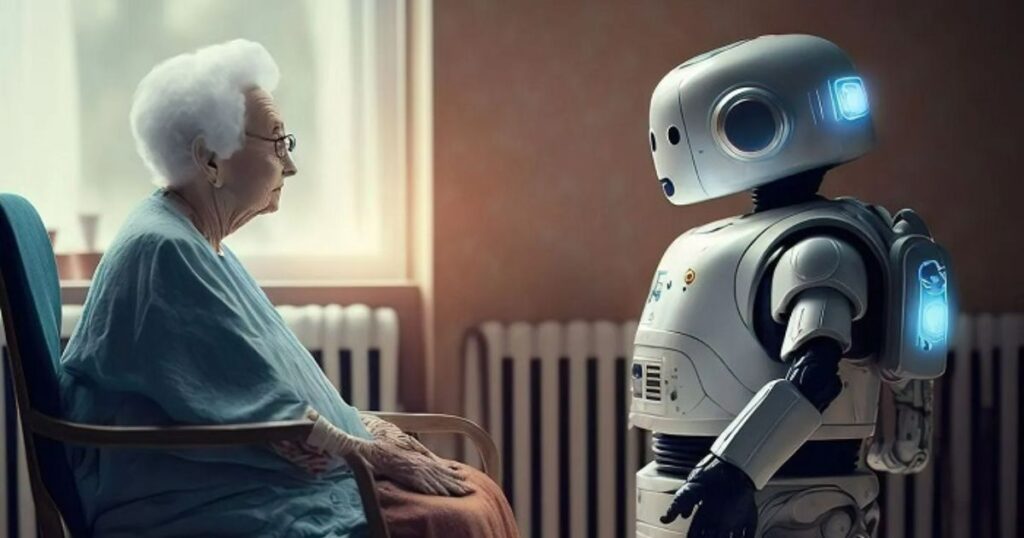
Artificial intelligence is changing how we care for older adults, making their lives easier and safer. AI-powered devices can remind seniors to take medications on time and alert caregivers if something seems wrong. Smart home systems learn residents’ routines, automatically adjusting lighting and temperature for comfort.
Read This Blog: Is Technology Consulting Better Than Management Consulting
Voice assistants help the elderly stay connected with family and access information effortlessly. AI analysis of health data can detect potential issues early, allowing for prompt intervention. These technologies work together to enhance independence and peace of mind for our aging population.
The Future Of Assisted Living Technology
The future of assisted living technology promises exciting advancements. We may see AI companions providing emotional support and mental stimulation. Virtual reality could offer immersive experiences for those with limited mobility.
Wearable devices might continuously monitor health and automatically alert staff to concerns. Smart rooms could adapt to each resident’s needs, adjusting lighting and temperature automatically. These innovations aim to enhance independence and quality of life for seniors while easing the workload on caregivers.
Smart Devices In Elderly Care
Smart devices are changing the way we care for the elderly. These gadgets help seniors stay safe and independent longer. Think of smartwatches that can detect falls or call for help. Or voice-activated assistants that set reminders for medication.
Some homes even use sensors to track movement and sleep patterns. These tools give families peace of mind and help caregivers provide better support. While not perfect, smart devices are making elderly care easier and more effective.
The Role Of Sensors In Senior Safety
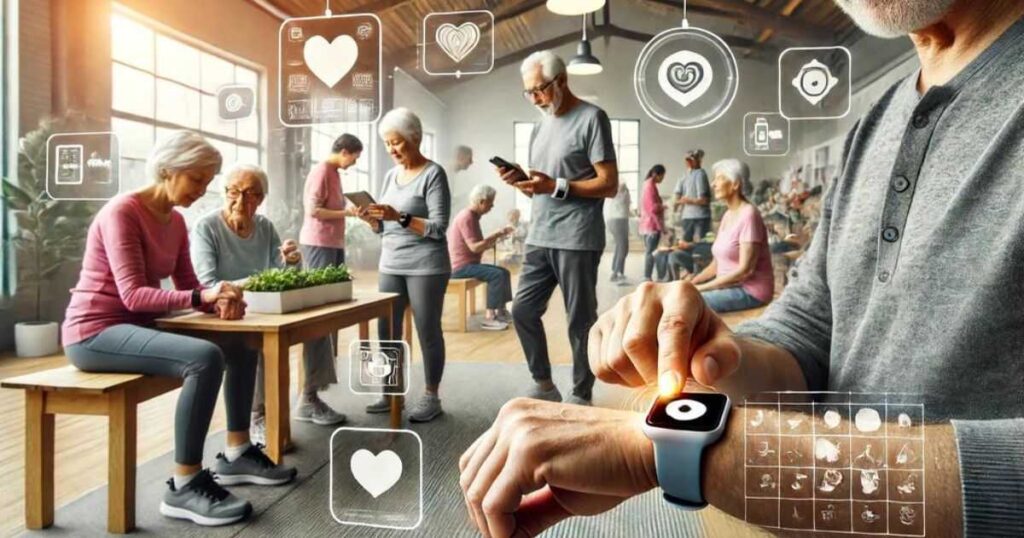
Sensors play a vital role in keeping seniors safe at home. These small devices can detect falls and alert caregivers. Motion sensors turn on lights automatically, reducing trip hazards. Some sensors monitor daily routines and flag unusual changes.
Smart medication dispensers use sensors to remind seniors when it’s time for pills. Wearable sensors can track vital signs and activity levels. These technologies help seniors live independently for longer.
Top Technology Trends In Senior Care
Smart home devices are helping seniors live independently longer. Wearable health trackers monitor vital signs and detect falls. Voice assistants make it easier to control lights and appliances.
Telemedicine allows doctors to check on patients remotely. Virtual reality systems provide cognitive stimulation and entertainment. Robotic companions offer social interaction and reminders. These technologies aim to improve safety, health, and quality of life for older adults.
Advantages Of Technology Use In Assisted Living Facilities
- Smart sensors can detect falls quickly, improving emergency response times.
- Digital medication dispensers help ensure residents take the right pills on time.
- Virtual reality programs allow residents to “travel” and explore new places from their rooms.
- Robotic pets provide companionship without the care needs of live animals.
- Video chat systems make it easier for residents to stay connected with faraway family members.
Assistive Technology In Elderly Homes
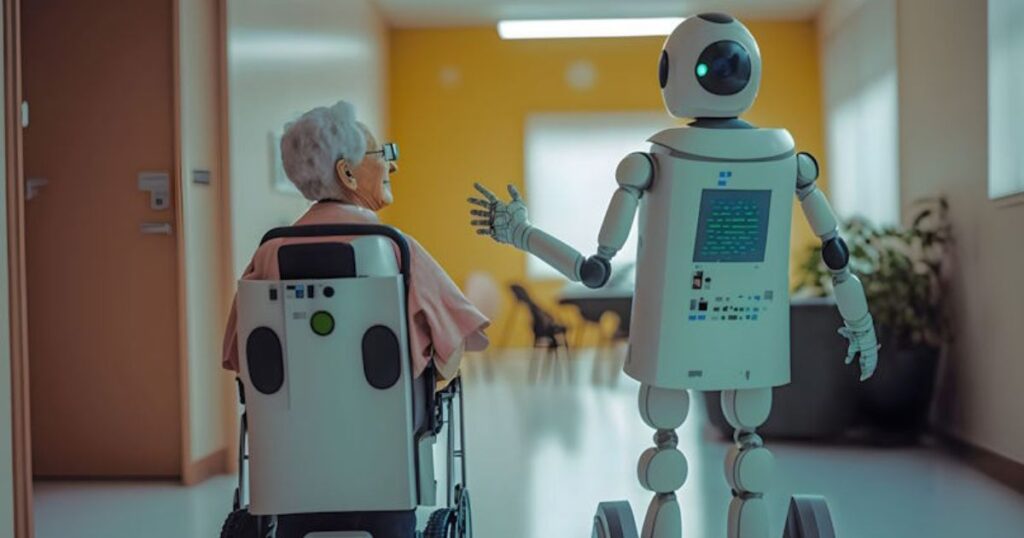
Elderly homes are embracing new tech to help seniors. Smart devices make daily tasks easier. Voice-controlled lights and thermostats offer convenience. Wearable alarms can detect falls and call for help.
Don’t miss to rad out this blog: Is Technology Consulting Better Than Management Consulting
Medication reminders ensure pills are taken on time. Robotic companions provide comfort and mental stimulation. Video calls keep residents connected with family. These tools enhance safety and quality of life for older adults.
Digital Solutions For Assisted Living
Technology is changing how we care for older adults. Smart devices can help seniors live on their own for longer. Sensors can detect falls and call for help quickly. Medication reminders on phones keep track of important pills.
Video calls make it easy to check in with family members. Robots may soon assist with daily tasks around the home. These digital tools aim to support independence and safety. As the population ages, more of these solutions will likely emerge.
How Ai Is Shaping Assisted Care
AI is changing how we care for people who need help. Smart devices can remind seniors to take medicine. Robots assist nurses by moving supplies around hospitals. Virtual assistants keep lonely folks company by chatting with them.
AI programs spot health issues early by looking at medical data. Some AI even helps train new caregivers. While machines can’t replace human touch, they do make caregivers’ jobs easier. This lets helpers spend more quality time with patients.
Modern Tech Tools In Assisted Living

New gadgets are changing life for older adults. Smartwatches can detect falls and call for help. Pill dispensers with alarms remind people to take medicine. Voice assistants make it easy to control lights and thermostats.
Video calls keep families connected from far away. Robots can even help with simple chores around the home. These tools give seniors more independence. They also provide peace of mind for caregivers. Technology is making assisted living safer and more comfortable.
Conclusion
Technology in assisted living facilities is improving residents’ lives. Smart sensors monitor health and safety. Digital reminders help with daily tasks. Touchscreen devices provide entertainment and social connection. Robotic assistants aid with mobility and chores.
Virtual reality offers new experiences without leaving home. Staff use electronic records for better care coordination. While these tools can’t replace human touch, they enhance independence and quality of life. As technology advances, assisted living facilities will continue to adopt innovations that support residents’ well-being and dignity.
FAQ’s
Why Is Technology Important In Long-Term Care?
Technology enhances safety and independence for seniors. It also helps staff provide more efficient and personalized care.
How Is Technology Used In Elderly Care?
Wearable devices monitor health and detect emergencies. Smart home systems assist with daily tasks and medication management.
What Technology Is Used In Care Homes?
Electronic health records streamline resident information. Telemedicine platforms connect residents with remote healthcare providers.
What Services Do Most Assisted Living Facilities Provide?
Assisted living facilities offer help with daily activities and meals. They also provide social activities and basic medical care.
How Does Technology Improve Quality Of Care?
Technology enables real-time health monitoring and faster response to issues. It also frees up staff time for more personal interactions with residents.

